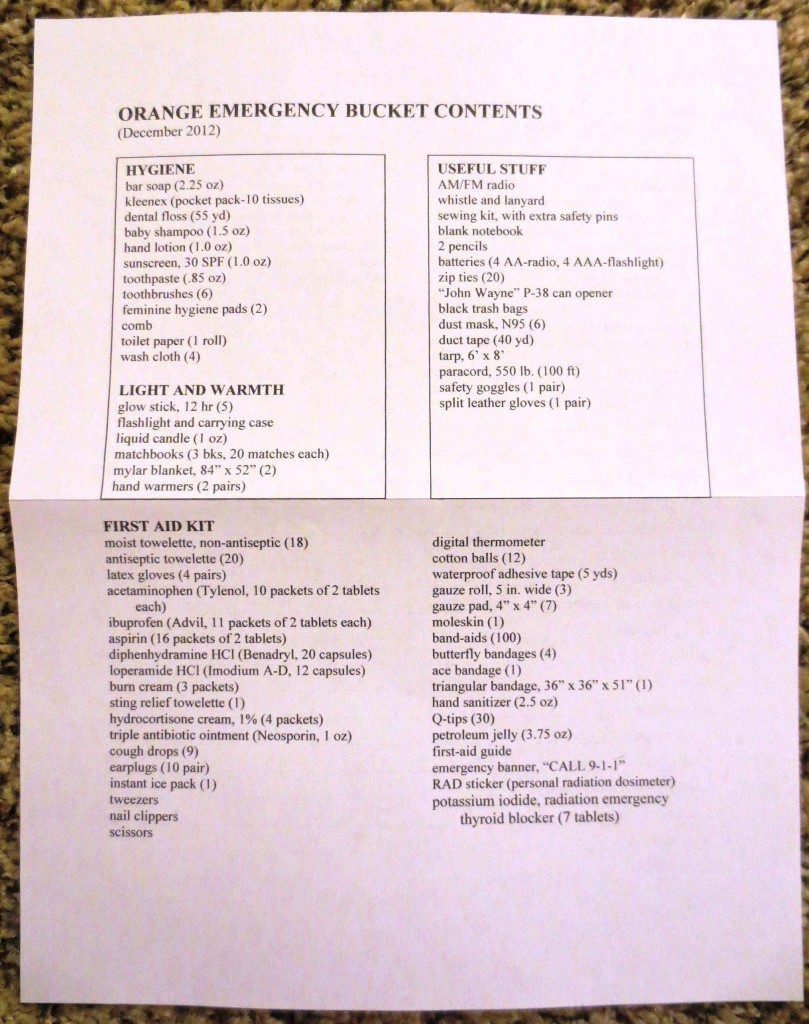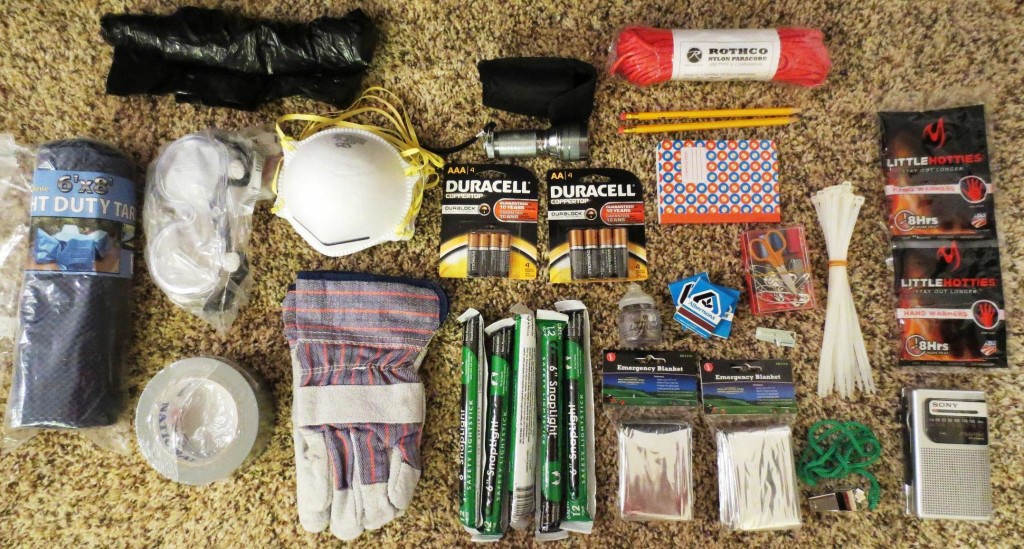Friday Funny kind of
Taken from a the blog “Lost Girls Guide”
According to Andrew’s experiences, here are just 10 things (of many!) that are different from Eastern Canada.
1. Taking the Grids
We’ve a lot of land, and not too many people to fill it. That’s why you’ll find roads of varying construction around Saskatchewan. With 26,000 kilometres of paved road, but 134,000 kilometres of grid roads you often need to ‘take the grids’ to get to your destination. What we simply mean is that you need to drive on graveled, unpaved or unsealed roads designed in grids to get to where you’re going.
2. Bleeding Green
This isn’t so much a term as a way of life. In Saskatchewan we both wear and bleed green in the form of the Saskatchewan Roughriders gear and pride. If, for some odd reason you aren’t familiar, the Riders are our local CFL football team that we’re pretty passionate about. So passionate in fact, we like to carve out watermelons and wear them on our heads at games in support of the team.
3. Sloughs
Spelling slough is almost as tricky as figuring out what one is. In Saskatchewan, they’re the equivalent of a small wetland, swamp or pond. Considering the province has over 100,000 lakes and rivers, you’ll find quite a few sloughs, especially on farmland.
4. The R.M.
Saskatchewan is known for some strange town names: Moose Jaw, Elbow and Eyebrow to list a few. That’s why it wasn’t surprising when Andrew was uncertain where “the arm” was located in Saskatchewan. What he was really hearing were people talking about the RM – or rural municipality – our version of counties or townships.
5. Heading to the Cabin
Most families in Saskatchewan own a cabin on one of the thousands of lakes I mentioned earlier. In our short summer season, you’ll often hear people comment they’re heading to the cabin for the weekend. Out east, people refer to cabins as cottages, and understand cabins to be a basic shed, often without indoor plumbing. If you’ve seen the cabins-that-are-essentially-homes on our lake shores, you’ll understand why Andrew was a bit confused by this terminology.
6. Bush League
A bush league call by a ref in a hockey or football game will leave fans upset and fired-up. Since we’re pretty passionate about sports, it’s no surprise we have a variety of terms dedicated to voicing our opinions when we disagree with what’s happening on the field or on the ice.
7. “In the rhubarb”
Most people are familiar with rhubarb in the form of a plant used in crumbles, crisps, and pies. But in Saskatchewan, it also means hitting the ditch. Keeping it out of the rhubarb isn’t always easy in our icy winter driving conditions.
8. Gotch
I couldn’t help but giggle when he told me, but Andrew wasn’t quite sure what people meant when they were talking about gotch. Out east, men’s underwear are simply referred to as boxers or briefs and not ‘gotch’ or ‘gitch’.
9. Ordering a Pil
No, it’s not a shady drug deal going down in your local bar, it’s actually someone ordering one of Saskatchewan’s favourite beers: a pilsner. Molson is one of the most popular and also happens to be the beer brand of choice that sponsors the Saskatchewan Roughriders. We also love the Great Western Brewing Company pilsners brewed right here in Saskatoon and popular across western Canada.
10. Politeness of the Prairies: The Small Town Wave
Once you leave the city behind, you enter a different world of friendly people and country charm. When you pass another vehicle on the grids, you automatically give them a hand wave or a nod as you go by. We’re also guilty of smiling and saying ‘hi’ to strangers, something that might be deemed as peculiar in a big city.





 Did you catch the line second from the top? It’s the most important detail on the loadout document – the date. This helps you remember when the bucket was put together so you can keep track of all your expiration dates. A good emergency kit can easily last 5 years or more, but not everything inside will be good for that long and may need to be replaced periodically. For example, an EpiPen – they only last about 20 months from the day they are made. Replacing an expired EpiPen could be a life or death matter!
Did you catch the line second from the top? It’s the most important detail on the loadout document – the date. This helps you remember when the bucket was put together so you can keep track of all your expiration dates. A good emergency kit can easily last 5 years or more, but not everything inside will be good for that long and may need to be replaced periodically. For example, an EpiPen – they only last about 20 months from the day they are made. Replacing an expired EpiPen could be a life or death matter!

